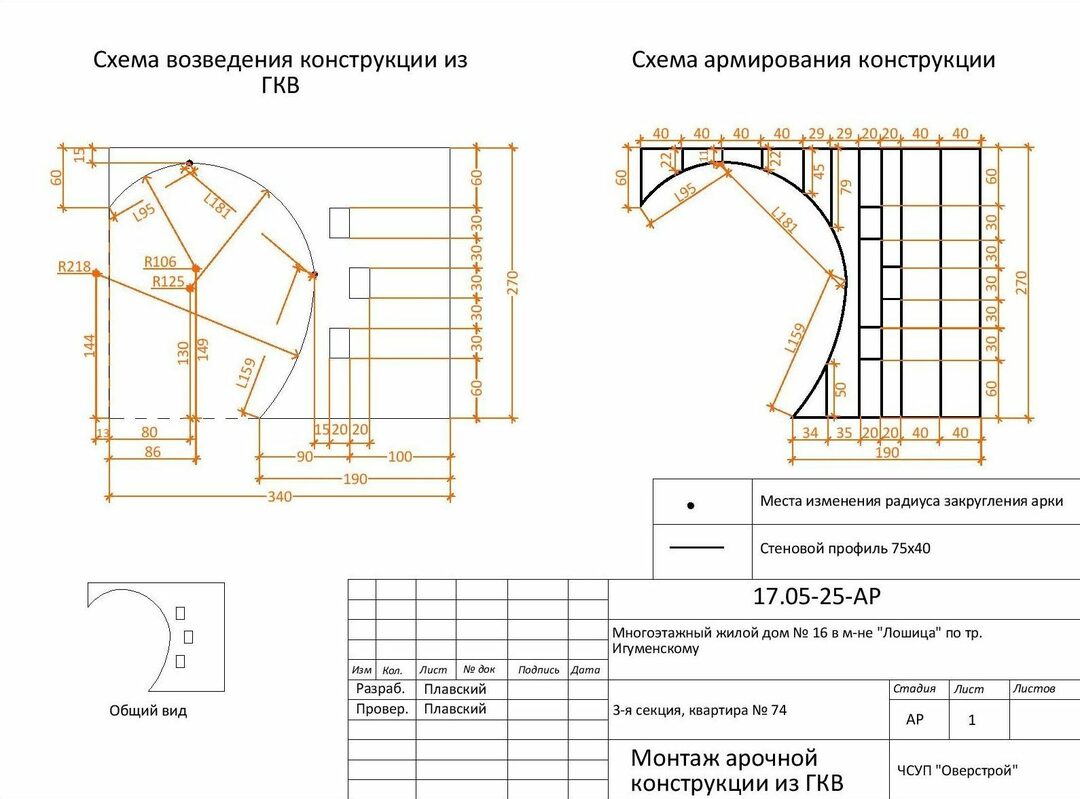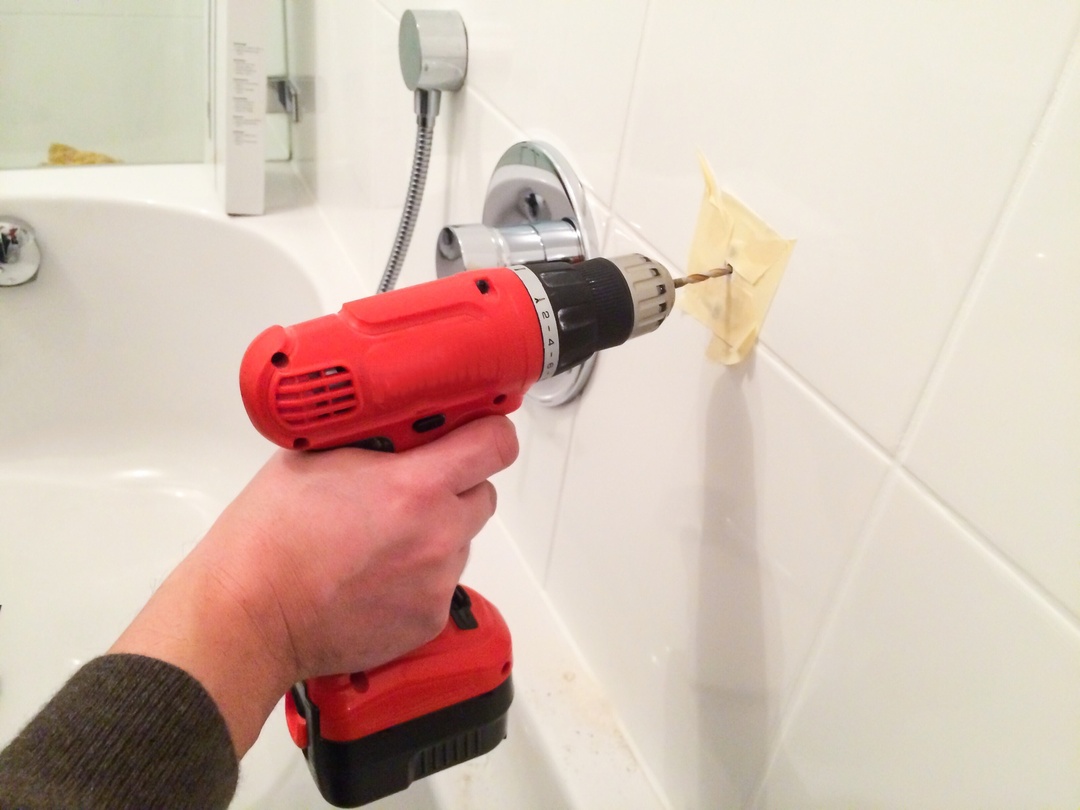- You will need
- Step 1. Dismantling the old siphon
- Step 2. Assembling the siphon
- Step 3. Siphon installation
- Step 4. We connect the corrugation to the riser pipe
- Addition - installation of a siphon with overflow
- And how to install a siphon for a double sink?
Installing the siphon in the kitchen is a very simple task that takes a maximum of 20 minutes and does not require anything other than a screwdriver. Especially, if you need to put a new siphon on the yet not installed new sink. But if you need to replace the old device, the difficulty will be mainly in the dismantling, not in the installation. Therefore, calling for plumbing and spending money on this does not make much sense.
Siphons under the kitchen are different - for ordinary and double washes, with the possibility of connecting to a washing or dishwasher, with overflow or without, from metal or plastic, like a bottle or a pipe. But all of them are installed in approximately the same way, so we wrote one step-by-step instruction with the addition - to install a siphon with overflow and the installation of a double siphon for a two-hour sink.
And, of course, all siphons have one reassignment - do not pass the gases, that is, odors from the sewage system with using a septum formed in the sediment bowl, and also to retain in it food debris, debris, small subjects.
In this manual we will consider the method of mounting a conventional plastic siphon bottle (kolbovogo) type, which often complements the kitchen sink, because it is very simple to clean.
You will need
- Screwdriver - for dismantling you need a strong screwdriver of the right size, and when installing a new siphon you can manage even with a coin, especially if you have purchased a modern model of a siphon;
- Hacksaw, tape measure, sandpaper - sometimes needed to cut pipes or corrugation to the desired size and grinding their edges.
Step 1. Dismantling the old siphon
Before installing a new siphon for the kitchen, you need to remove the old one. To do this, take a sturdy screwdriver and unscrew the screw in the center of the grate in the drain hole as shown in the photo to the right. Be sure to put the basin under the siphon. When the siphon is removed, clean the drainage hole clean.
.- The nut and screw of the drain grid often coalesce with each other in time, and therefore it is very difficult to untwist. If you can not untwist the screw, then you need to detach the bottom of the siphon, leaving one branch pipe, and then try to twist it to help the nut and screw free. More often than not, these manipulations are enough.
Step 2. Assembling the siphon
Lay out all the details in front of you, ungrouping them by types, and then you will see that the detail is only a little on the first look, but in fact, they can be collected intuitively, since all gaskets fit in the appropriate parts siphon.
- The device of a bottle siphon (without overflow): sealing linings-rings of different diameters, union nuts, branch pipe, 2 parts of a siphon, corrugation, and also a drain grid and a screw;
- All the elements must be tightened tightly, but not too hard, so as not to damage the brittle plastic threads and gaskets.
Here's how to properly collect the siphon for the kitchen:
- First, take the largest flat gasket and put it on the largest siphon opening, and then screw the lid-cap to it. Now you will see that the siphon has 2 holes of different diameters - from above and from the side.
- Now take the pipe (it will be attached to the sink) and select a suitable cone gasket and flare nut to it. First, put a union nut on the spigot, then tighten the conical gasket with a blunt end up. We insert the branch pipe into the upper opening of the siphon and tightly, but not too tightly, twist them.
- Sometimes a branch pipe with a sink funnel must also be combined in a single unit;
- Be careful - in this drainage funnel of the branch pipe there must be a nut, do not lose it during operation.
- It remains just to screw the corrugated pipe: we put a union nut on it, then tighten the conical gasket with a blunt end up, and then we screw the corrugation to the siphon. Well, that's all, the siphon is assembled. The rest of the details will be needed for the next step.
Step 3. Siphon installation
It's time to install the assembled device:
- we put a grooved sealing ring on the siphon tube with strips upwards, and under the metal grille we stretch the remaining ring as shown in the photo below;
- Now we put the siphon under the sink (under the drain hole), hold it and level it, and from above, i.e. already above the sink, we put a metal grate;
- insert the screw into the grate and screw it with a screwdriver or coin.
Step 4. We connect the corrugation to the riser pipe
The last step is simply to connect the corrugation to the sewer, extending it to the desired length.
- Usually the diameter of the corrugation for sewage is 50 or 40 mm, and the corrugations themselves are often produced in a diameter of 50 mm, which can be cut with a hacksaw to 40 mm if necessary;
- Instead of a corrugated pipe, it is possible and even desirable to use a rigid tap.
Now we check the siphon for leakage, we fill it with water to form a water seal. If it does not flow anywhere, then you've done everything right.
Addition - installation of a siphon with overflow
If your sink is overflowed, the siphon will be installed in approximately the same order as described above. Except that at the stage of assembly of the device (see Fig. step number 2), it will be necessary to collect the overflow itself additionally, as shown in the photo below. The principle of connecting the overflow with the outlet of the branch pipe is exactly the same as in the previous instruction - first we put a nut, then a ring seal with a blunt end to the overflow, then insert the overflow into the tap and tighten the nut.
Now you need to connect the sink with overflow with a screw and a screwdriver. We proceed further according to the instructions in steps # 3 and # 4.
And how to install a siphon for a double sink?
Two-section sink must be equipped with a specially designed double siphon. Such siphons have two outlets that combine one siphon, which can be both bulbous and tubular. They can also have bends for a washing machine or a dishwasher like the one on the left.
The installation is carried out according to the principle described above with the only difference that first you need to screw in two sockets with a drain to two shells, then under the sinks you need to connect two pipes with a conductor, and then fasten the remaining parts to the conductor device. If necessary, the pipes must be cut to the desired length with a hacksaw, sanding the edges with sandpaper.
. Loading...
Read also:
- . 5 steps of mounting the mixer in the kitchen with your own hands
- . How to choose a faucet for the kitchen.
- . Repair the kitchen faucet with your own hands
- . Choose a kitchen sink in 5 easy steps
- . Installation of kitchen sink - instructions, tips, video


